Welcome to our Design Digest, our juicy, image-heavy rundown of the 7 hottest design objects and projects this month. Hyperbole? We’ll let you decide.
1. Bentu Design’s Wreck
Shedding light on an interesting discontinuity between the rich ceramics culture of Chaozhou, China––the world’s largest ceramics industry base––and the waste generated from that cultural identity, design brand Bentu Design curated an experimental show Wreck using discarded ceramic factory waste from the ancient city.
Featuring a 23-foot-long pile and repurposed composites, the show aimed to demonstrate the practices that economically elevate the city, but are also a source of opportunity in sustainability.
From DesignBoom:
In ‘Wreck’, furniture and installations reshape both the material and the customs developed around it, changing the way porcelain is placed as an aggregate to improve the utilization of waste and production speed, as well as develop artistic and practical pieces of furniture.
Wreck: Experiment of Wasted Daily-use Ceramics from Chaozhou, China from BENTU press on Vimeo.
2. Matthew Warner’s Social Objects
We think Matthew Warner’s latest range of design objects in his modern palate of puce, Prussian blue, white and charcoal––a contemporary reference to the work of Josiah Wedgwood––is absolutely delightful.
From Warner’s artist statement:
The forms are familiar and are inspired by Wedgewood’s neoclassical style. For me Wedgewood is a particularly interesting potter to draw inspiration from because he was keenly aware of the social needs and fashions of his time. This included the rise of the ‘middling classes’ and the increasing popularity of social dining, as well as the desire for antiquarian artworks from Europe’s upper classes. Wedgwood understood the human desire to promote specific ambitions and ideals through the objects we interact with on a daily basis and display in our homes, and he was aware of the power these objects have to denote a specific lifestyle or aspiration.
See more here.
3. BREAKFAST’s Brixels
Multidisciplinary design studio BREAKFAST creates high-tech art installations, and we’ve fallen in love with one of their latest projects, Brixels. This interactive kinetic sculpture can rotate to any position and can spin endlessly in either direction, the company writes.
Brixels are infinitely rotating, variable-size bricks that are controlled by proprietary software and can act as pixels in large-scale and customizable artworks, building facades, and a range of other applications. They can also display a range of digital content, as well as respond to the movements of passers-by. The bricks themselves are customizable in size, shape, material, and color, making each installation unique.
Prepare for goosebumps.
4. Dossofiorito’s Epiphytes
Italian industrial design studio Dossofiorito‘s hanging ceramic pots allow epiphytes to grow just as they would in the wild with each vase functioning as a aerial support allowing the plant and its root system to be completely exposed. Considered a masterpiece of evolution and adaptability, epiphytes have implemented strategies to place themselves higher above tree branches, for better access to light, nutrients from air and moisture, the studio writes.
Epiphytes is a collection of ceramic vases that, proposing an alternative to the traditional potted cultivation of houseplants, invites to rethink the relationship with indoor Nature in term of a cohabitation more respectful and attentive to the needs of plants. Thanks to the central porous surface, each suspended vase, once filled with water, provides for several days the right amount of water and a constant level of humidity. The roots of an epiphyte instead of being contained, envelop the vase as a branch: the plant, although domesticated, is free to express itself in its whole natural bearing.
Check out more here.
5. Ponsawan Vuthisatkul’s Obesity Fighting Ceramics
Considering appropriate portion sizes is part of maintaining a balanced diet, so scarfing not one, but two, already portioned Cheez-It bags may not have been the “balanced” choice to make. To combat this so-called “portion distortion, recent RCA graduate Ponsawan Vuthisatkul has created a series of ceramic eating and serving tools that strive to challenge people’s perception of portion sizes, Vuthisatkul’s RCA page states.
This project applies the hand comparison idea by presenting a new language of eating portions through food serving tools, for example; a fist of rice, a palm of beef burger, a thumb of butter, two hands of salad etc. Standard hand dimensions are used to create food serving tool sizes in S/M/L and also helps people choose the appropriate size for each individual (similar to clothes selling and buying). It is a heuristic method of estimating the right food portion through everyday eating experiences.
Read more here.
6. Eindhoven Ceramic Design Projects
The following are our favorite ceramics projects from Design Academy Eindhoven graduates.
Check out other 2018 graduation projects here.
7. Simone Bonanni Studio’s Obon Tables
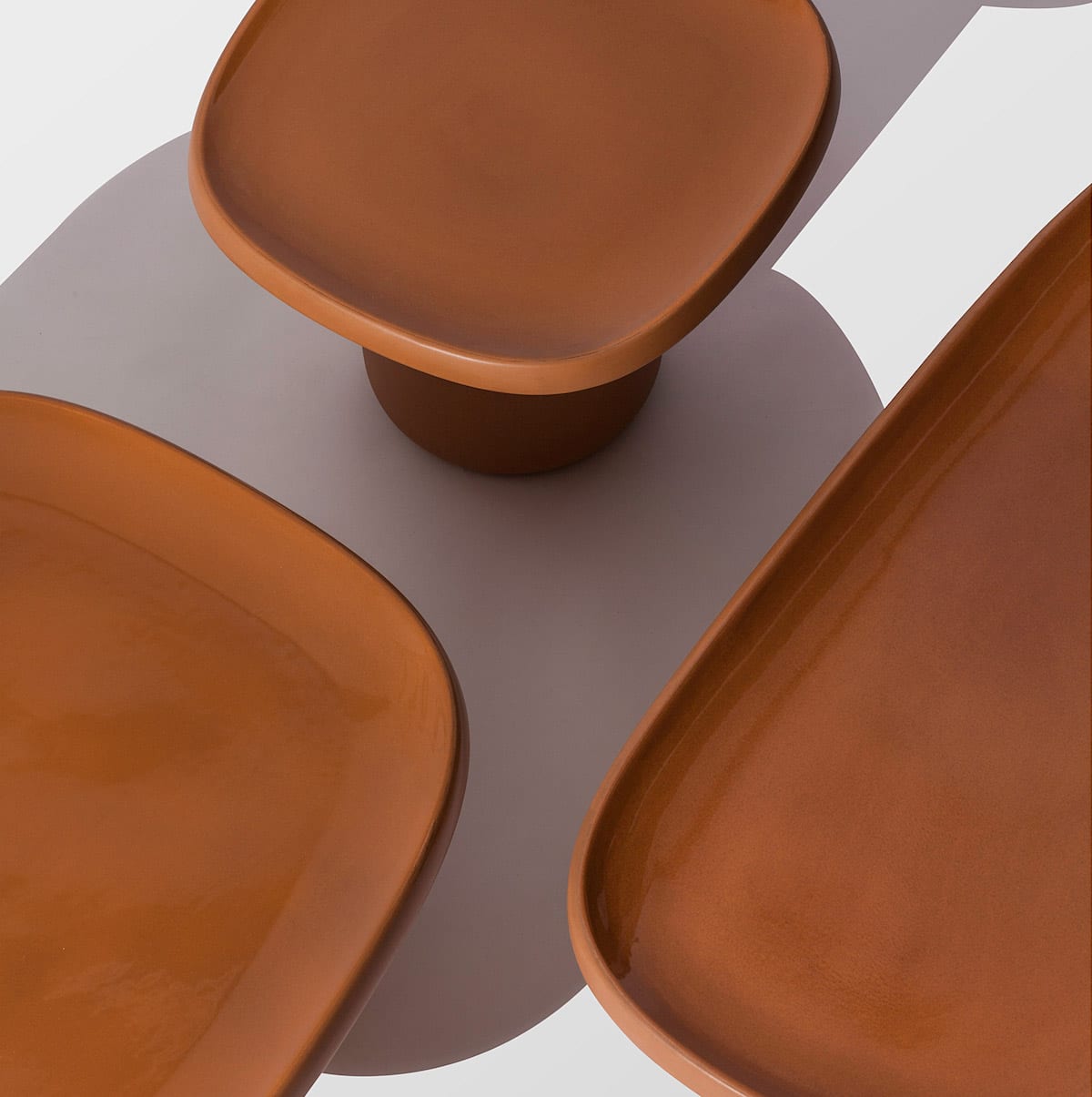
Italian designer Simone Bonanni’s collection of three gentle, yet earthy-colored Obon Tables for Moooi were inspired by the terracotta material itself––with its exponential potential for creativity.
With its origins lost in the mists of time, terracotta is at the base of millenary archeological finds all over the world. These precious discoveries are evidence of our timeless creativity and desire to leave a sign, admire and ritualize.
Bonanni further explains the tables’ soft design is the result of a patient process of combining shapes and volumes, each with their own gentle imperfections speaking from the malleability of the clay itself.
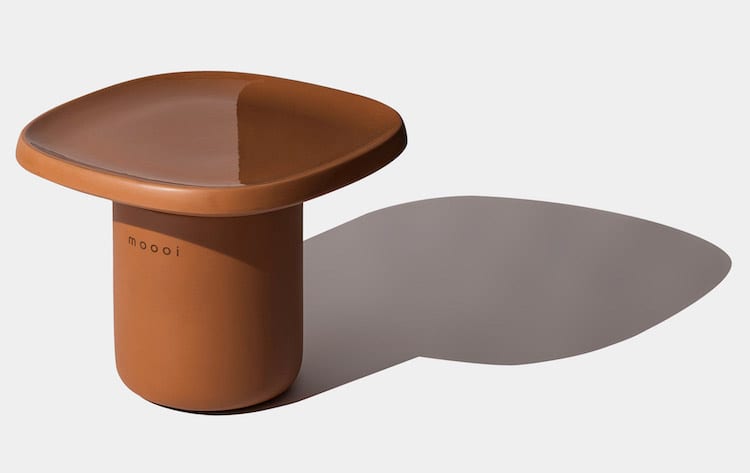
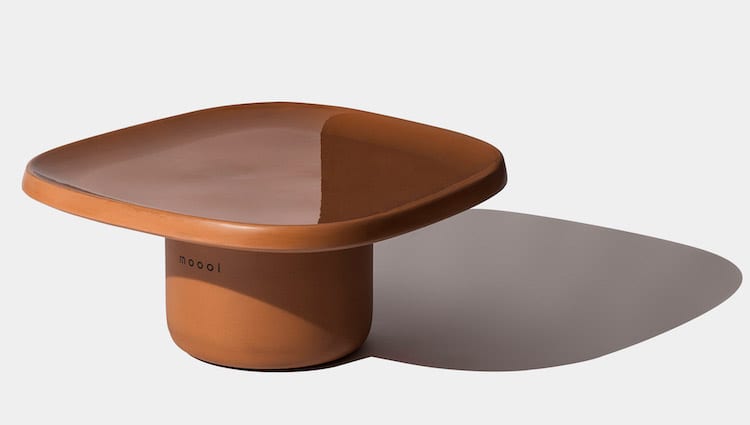
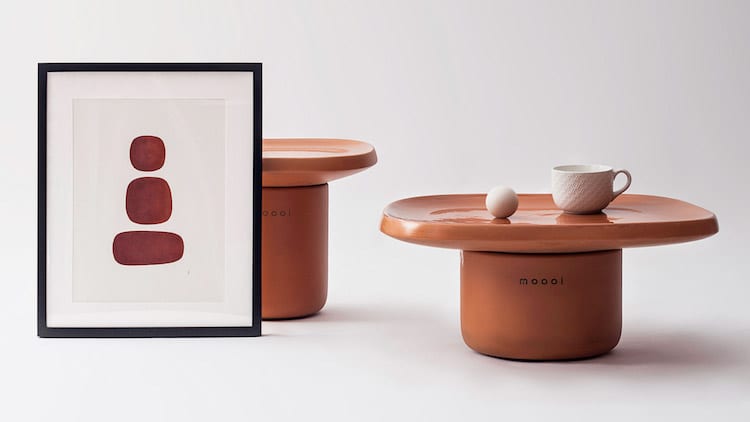
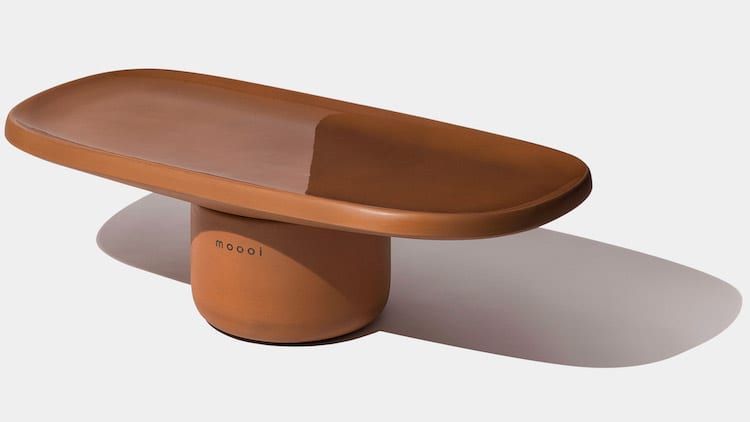
Enjoy our January Design Digest from the world of contemporary ceramic art and contemporary ceramics? Share your thoughts in the comments section below.


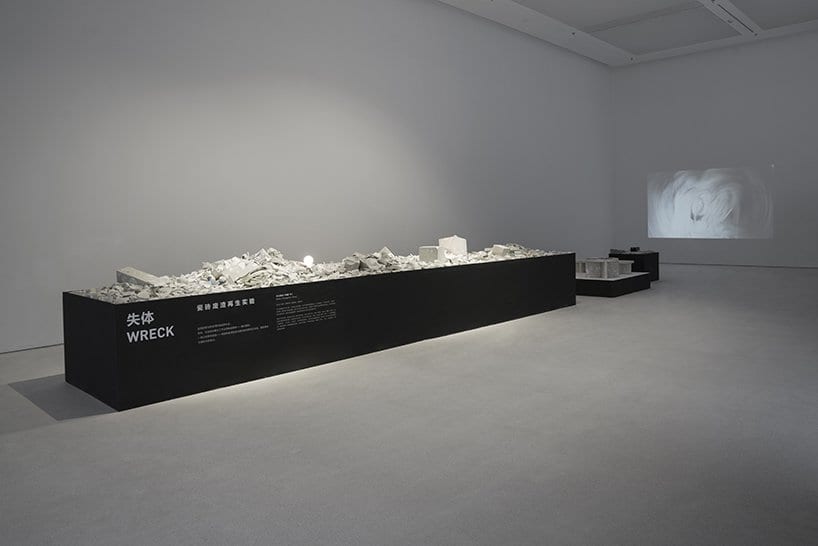
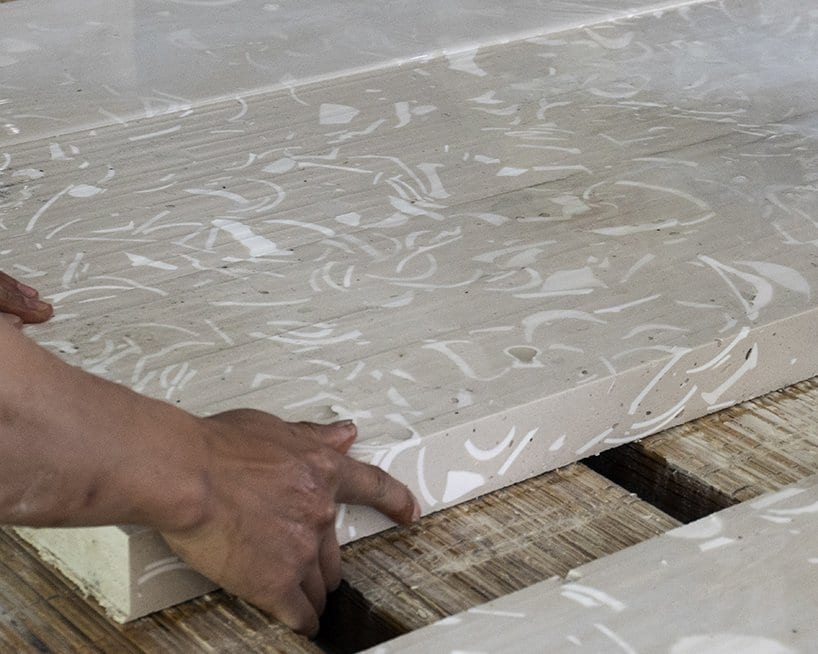
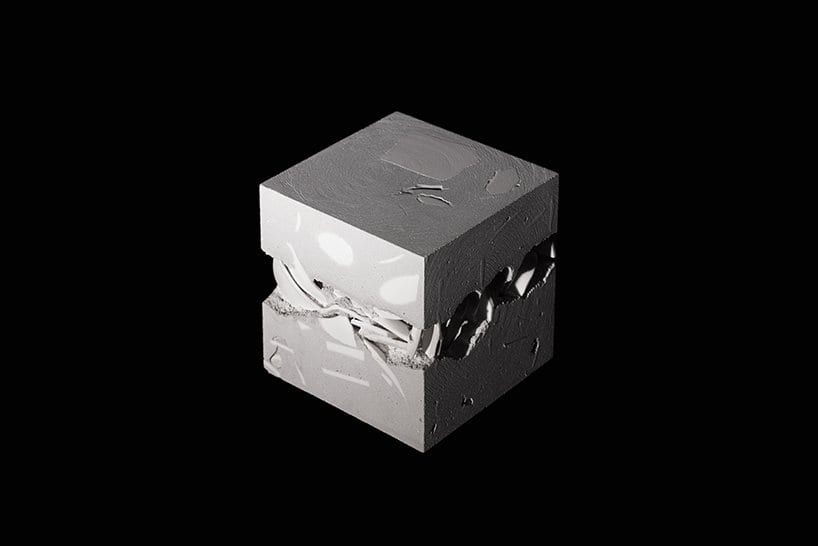
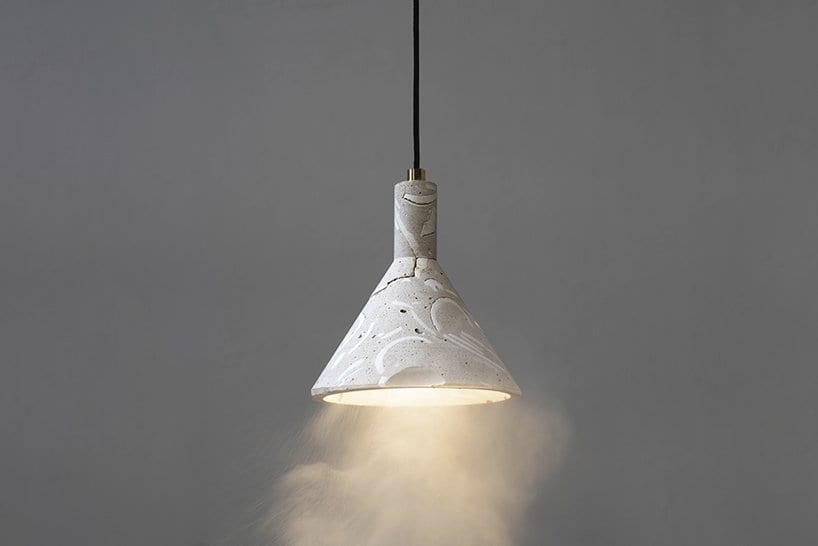
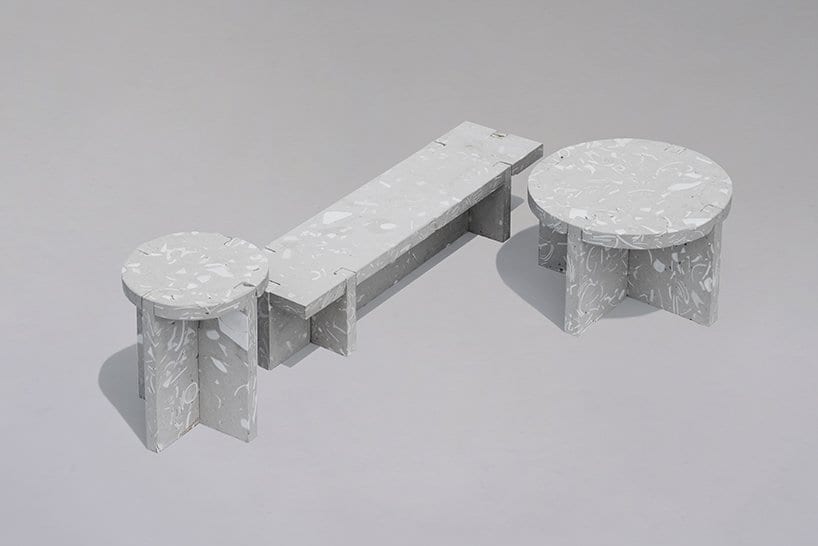
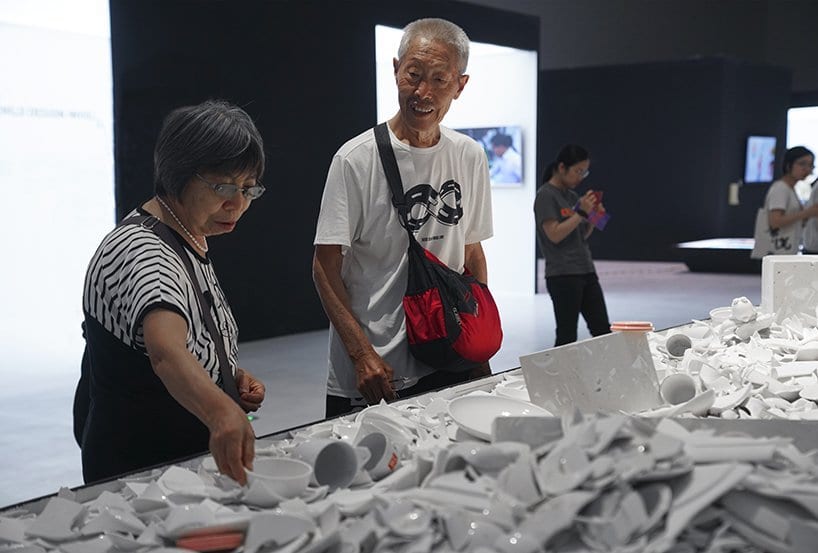
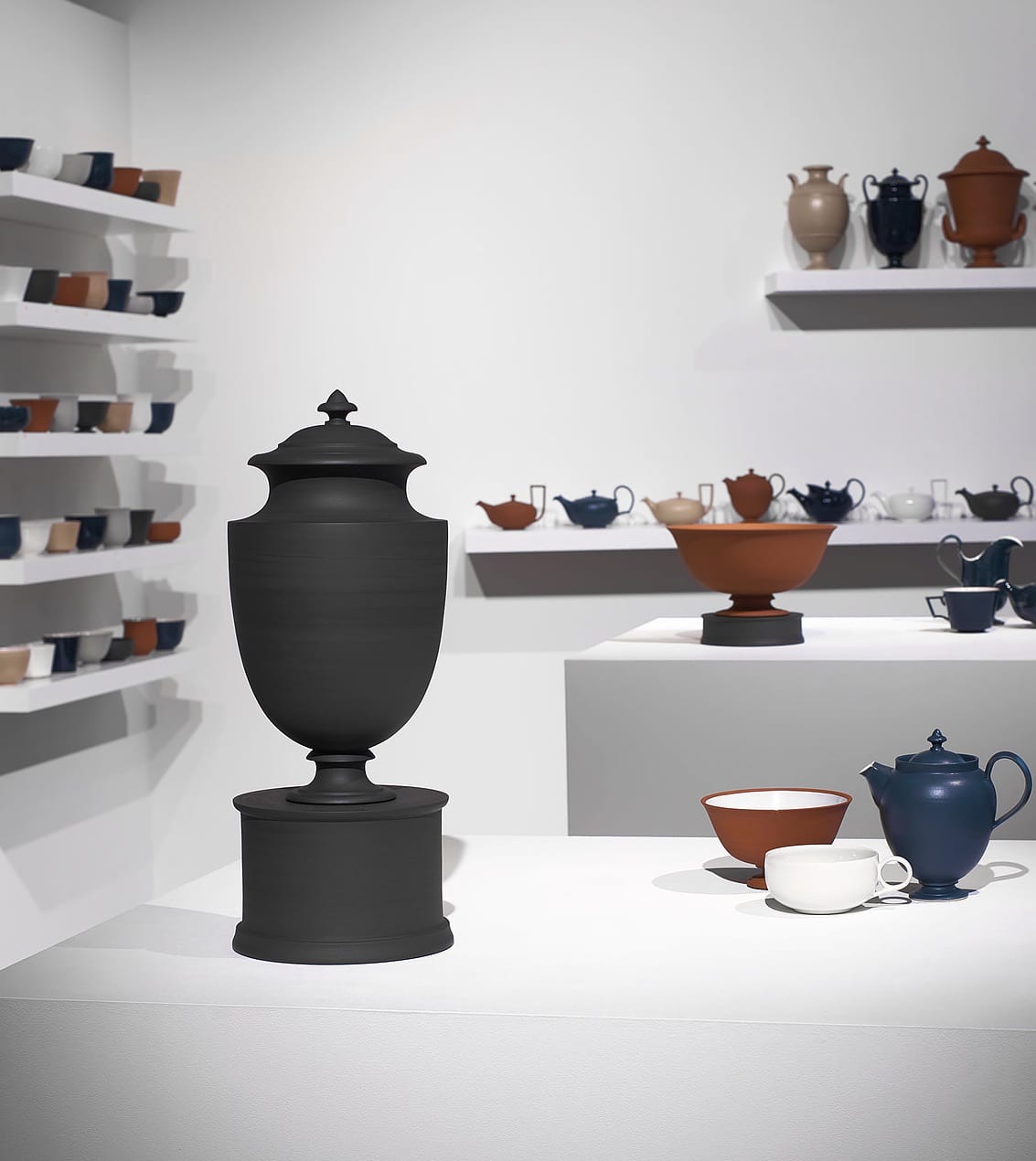
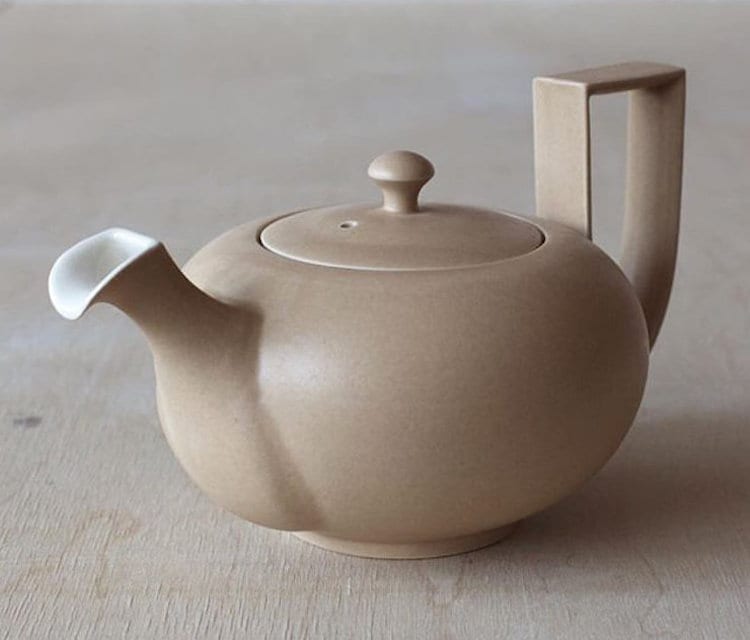

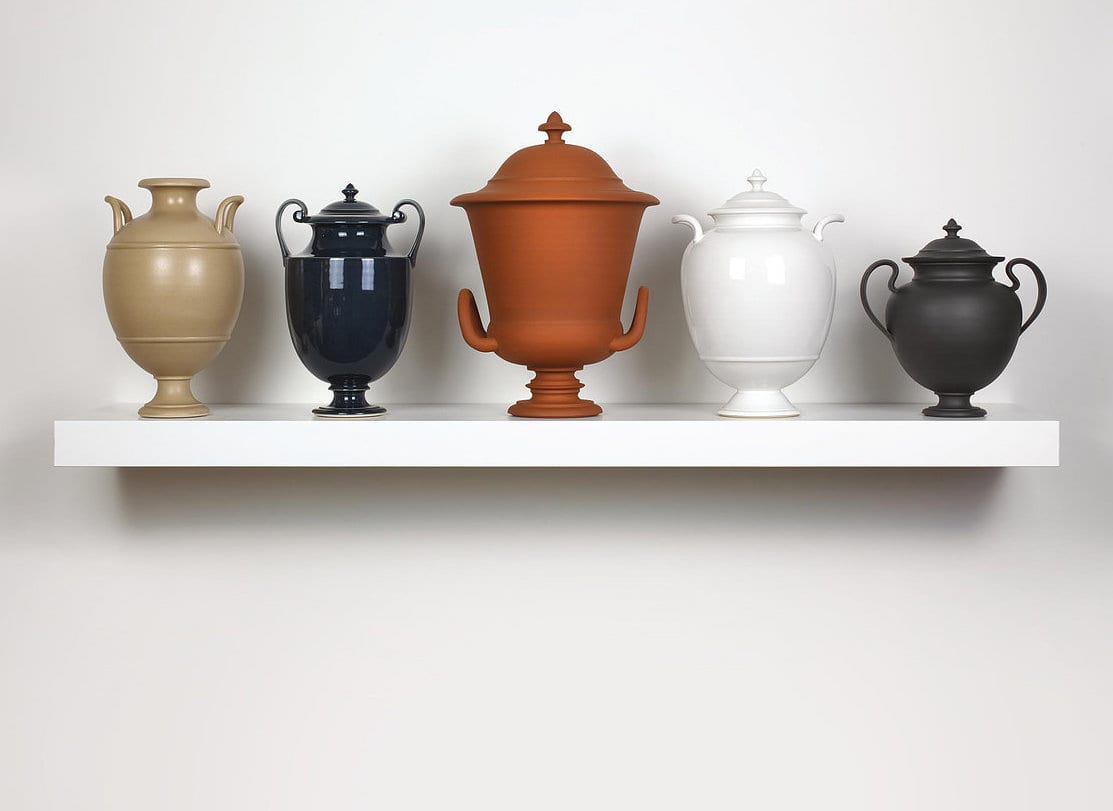
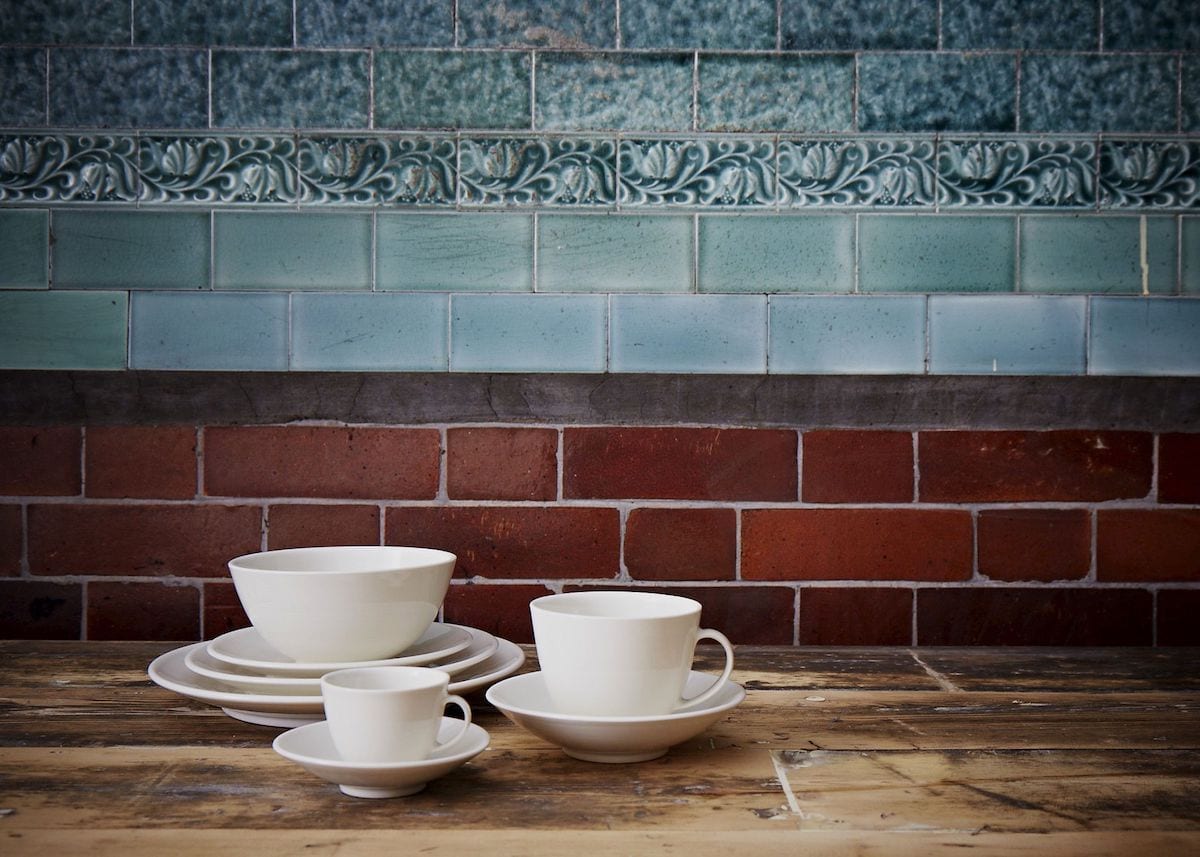
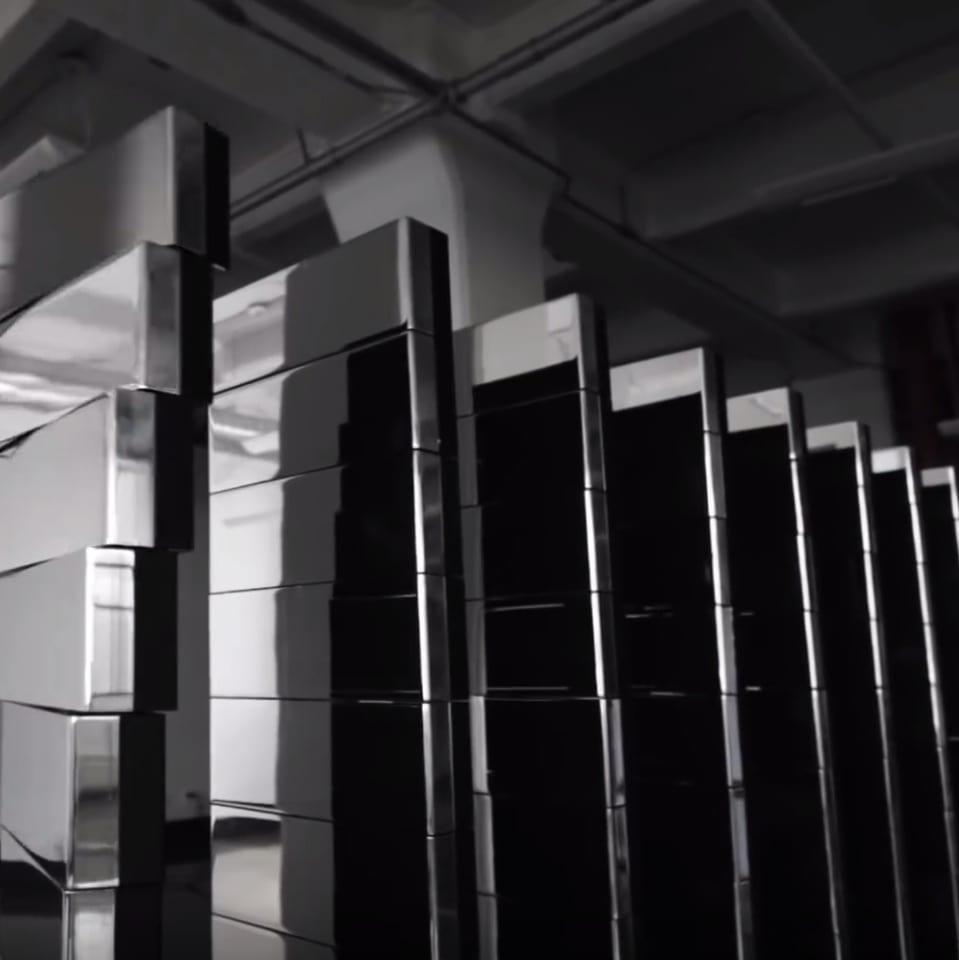
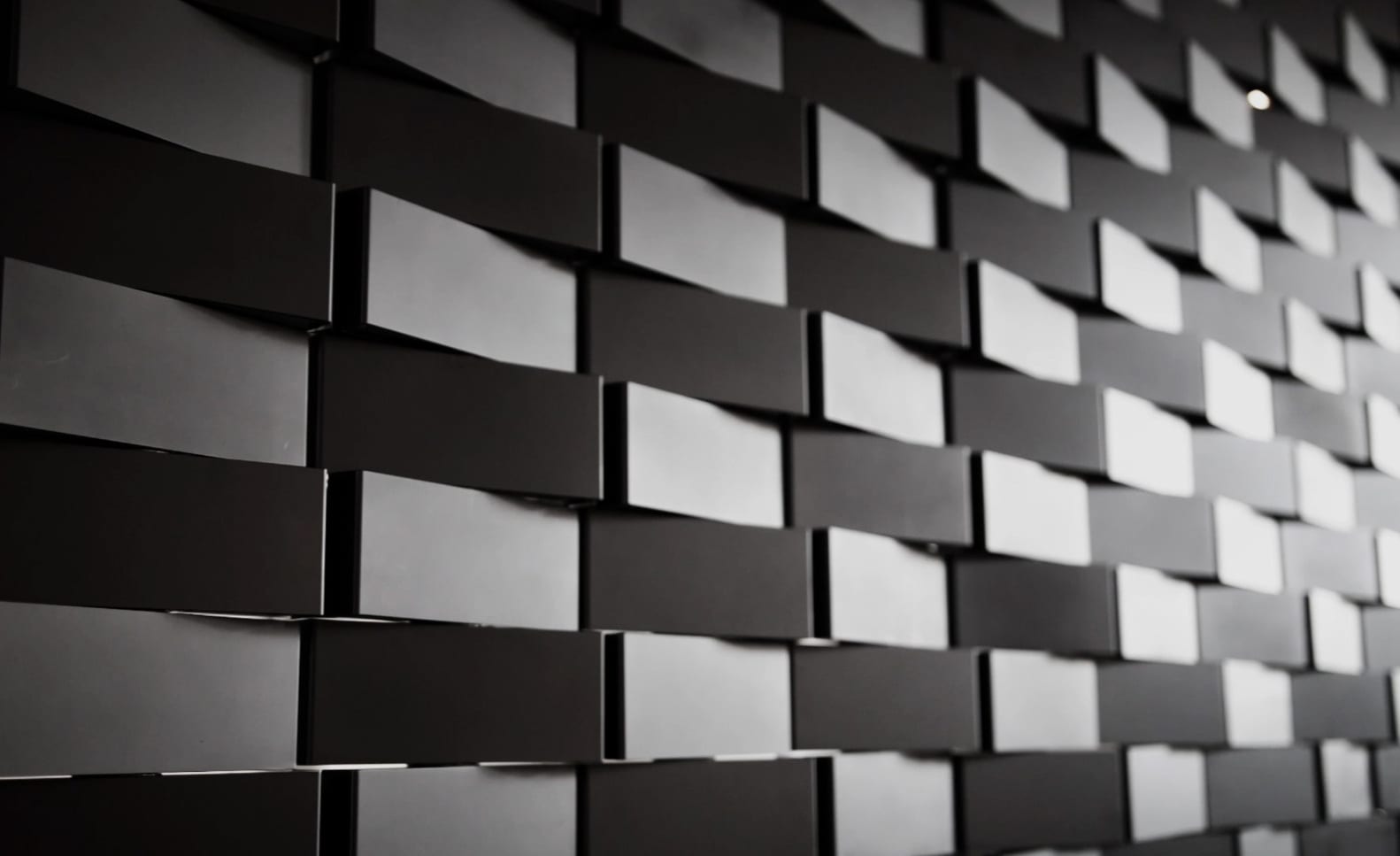
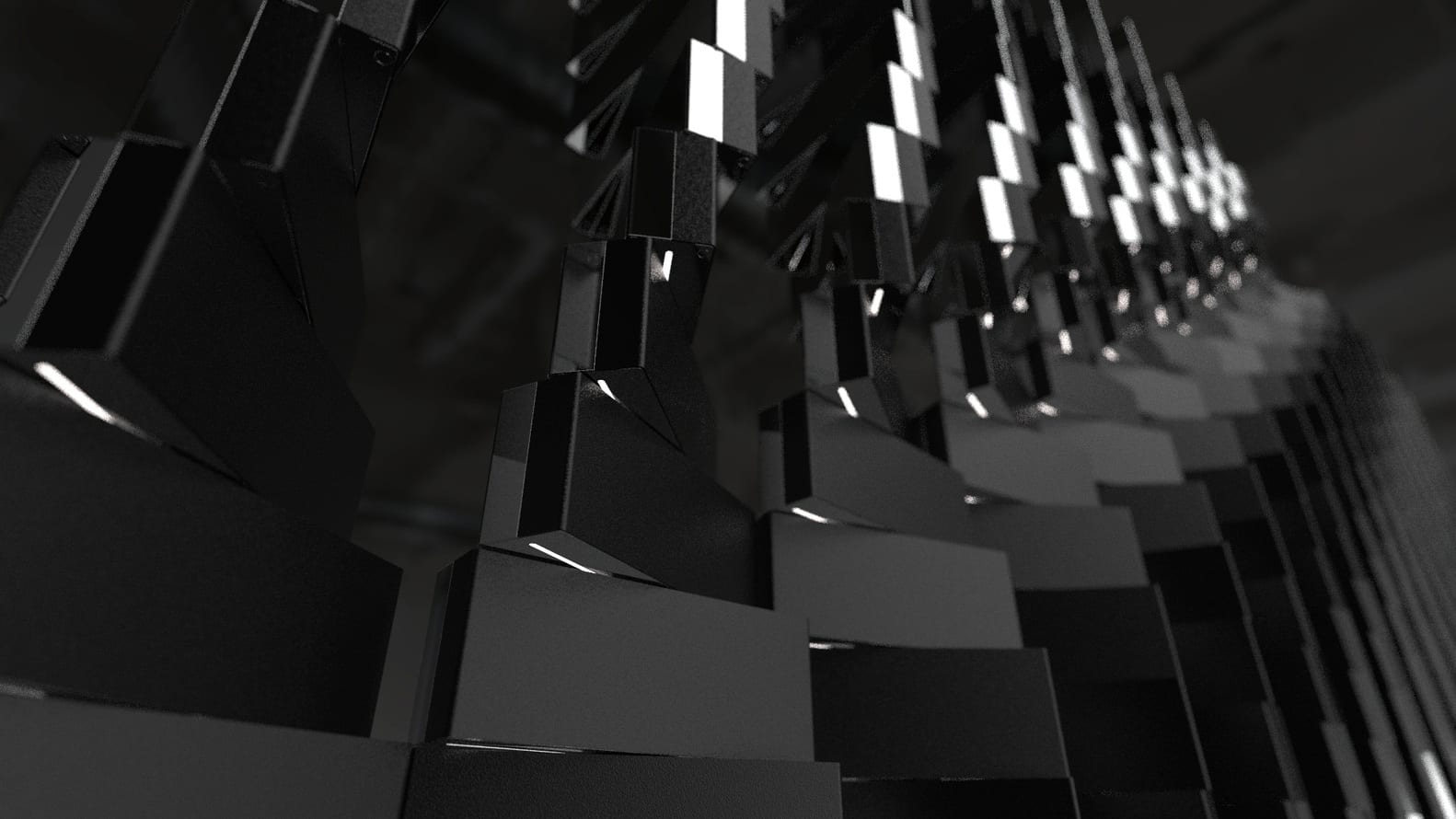
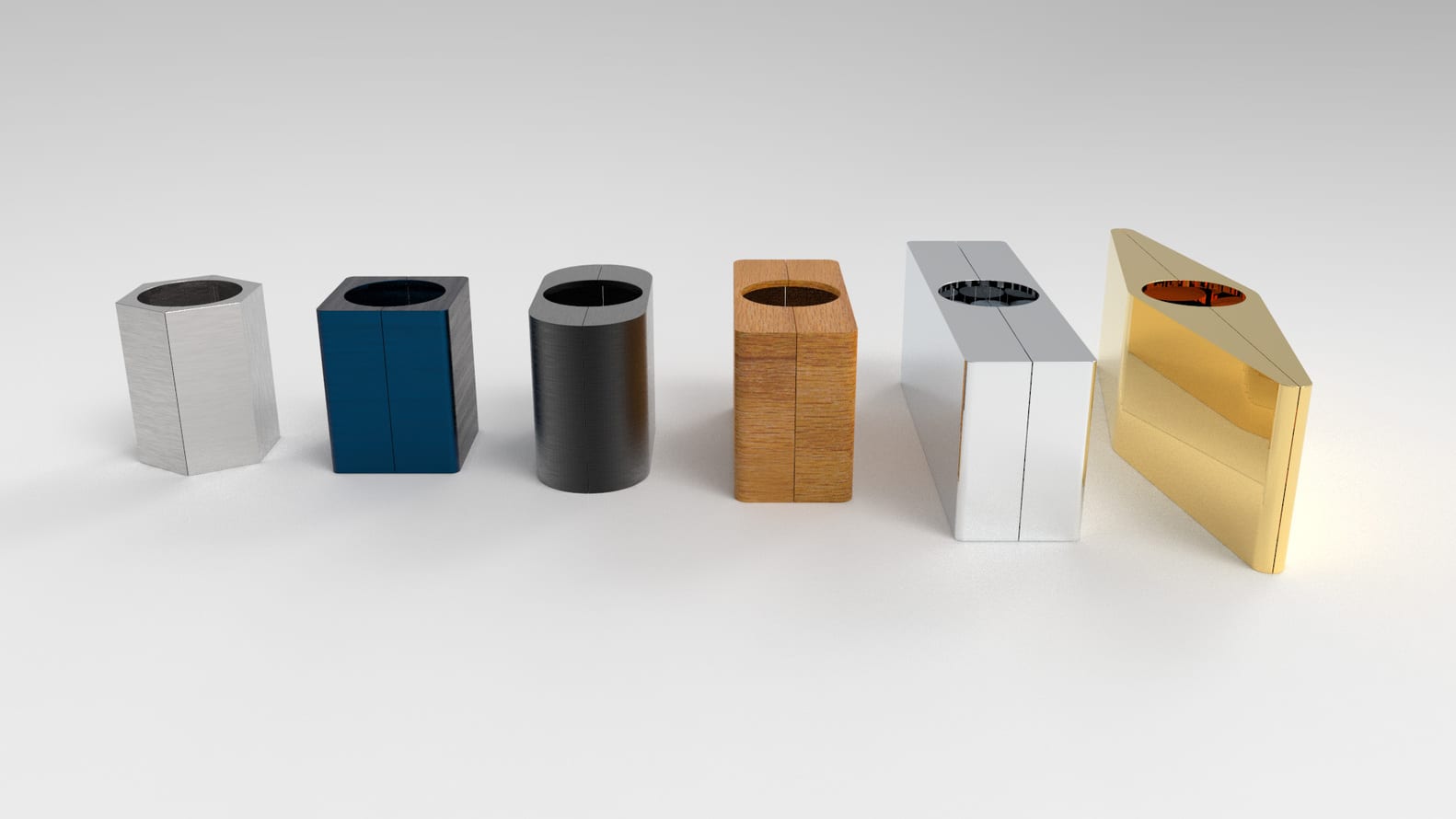
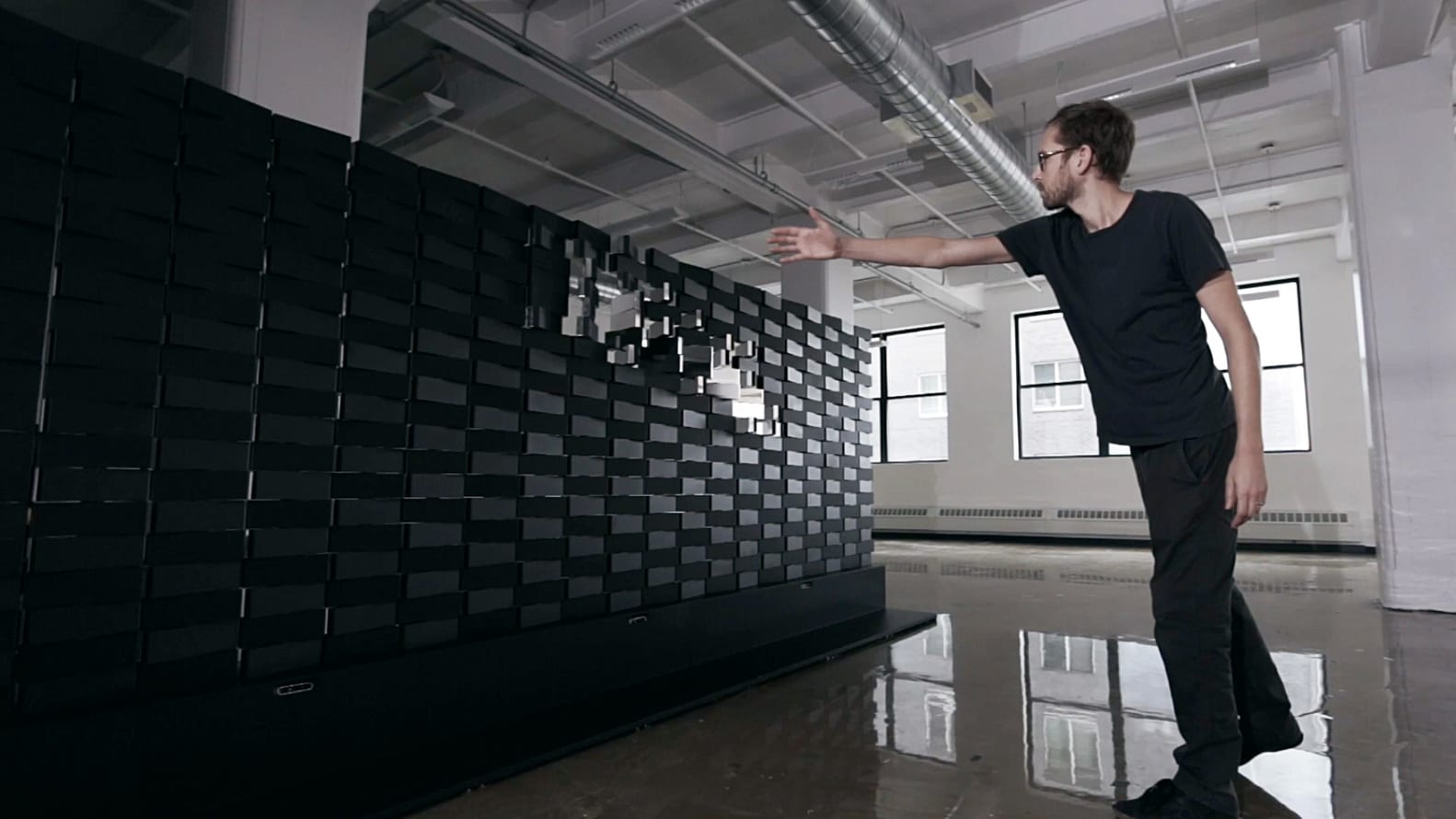

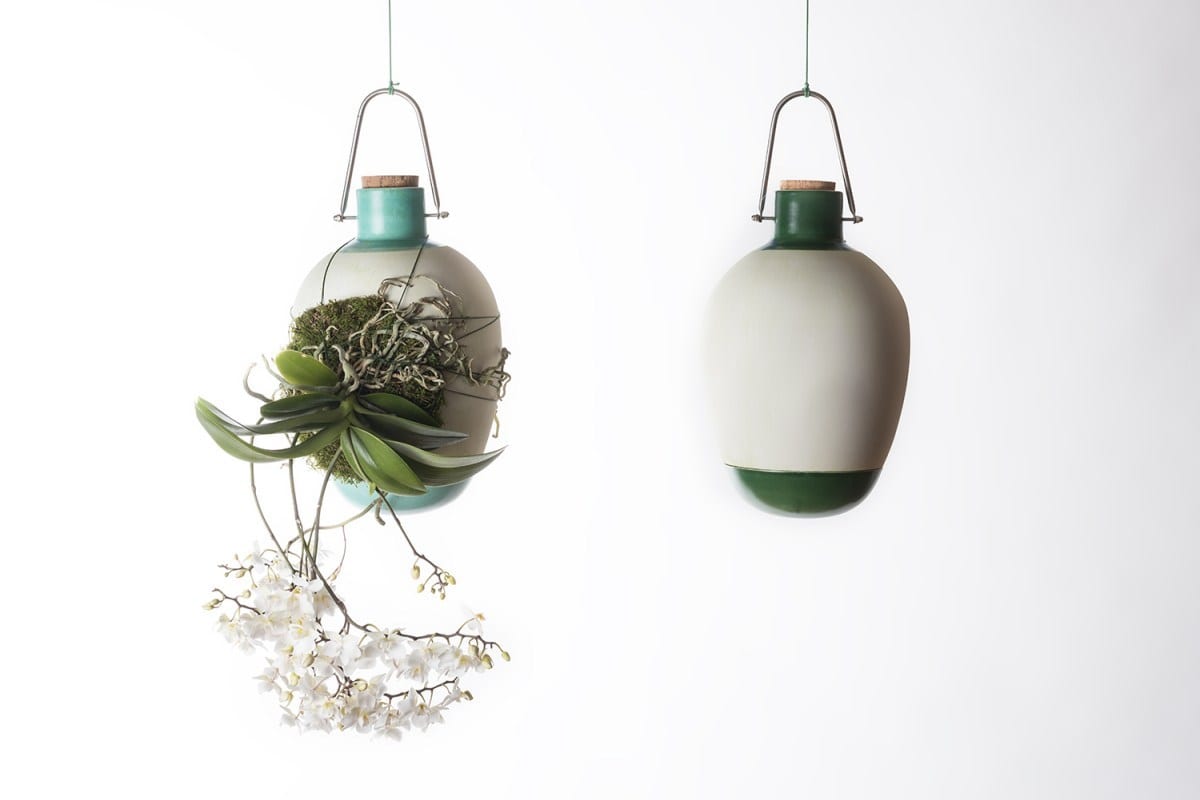
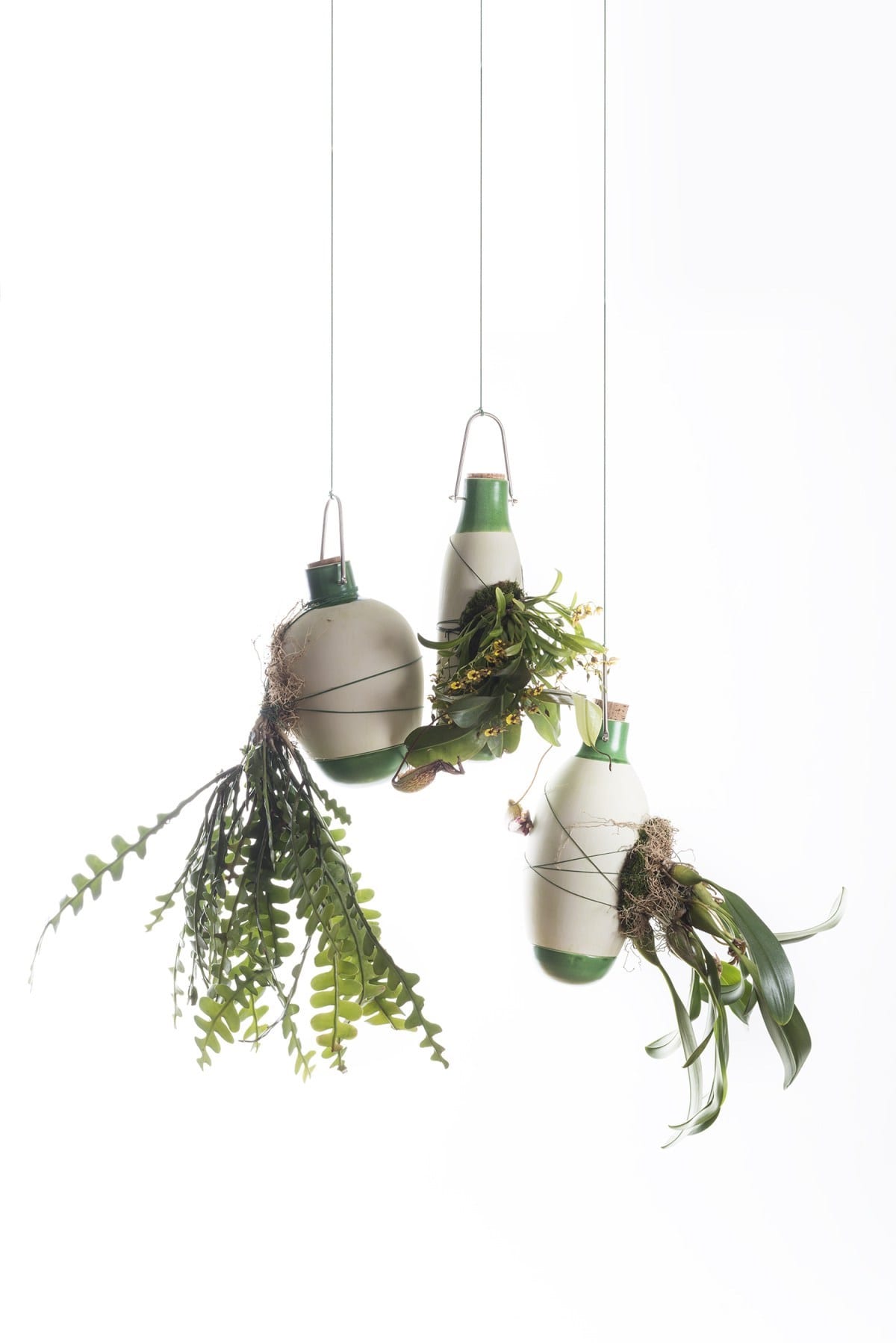
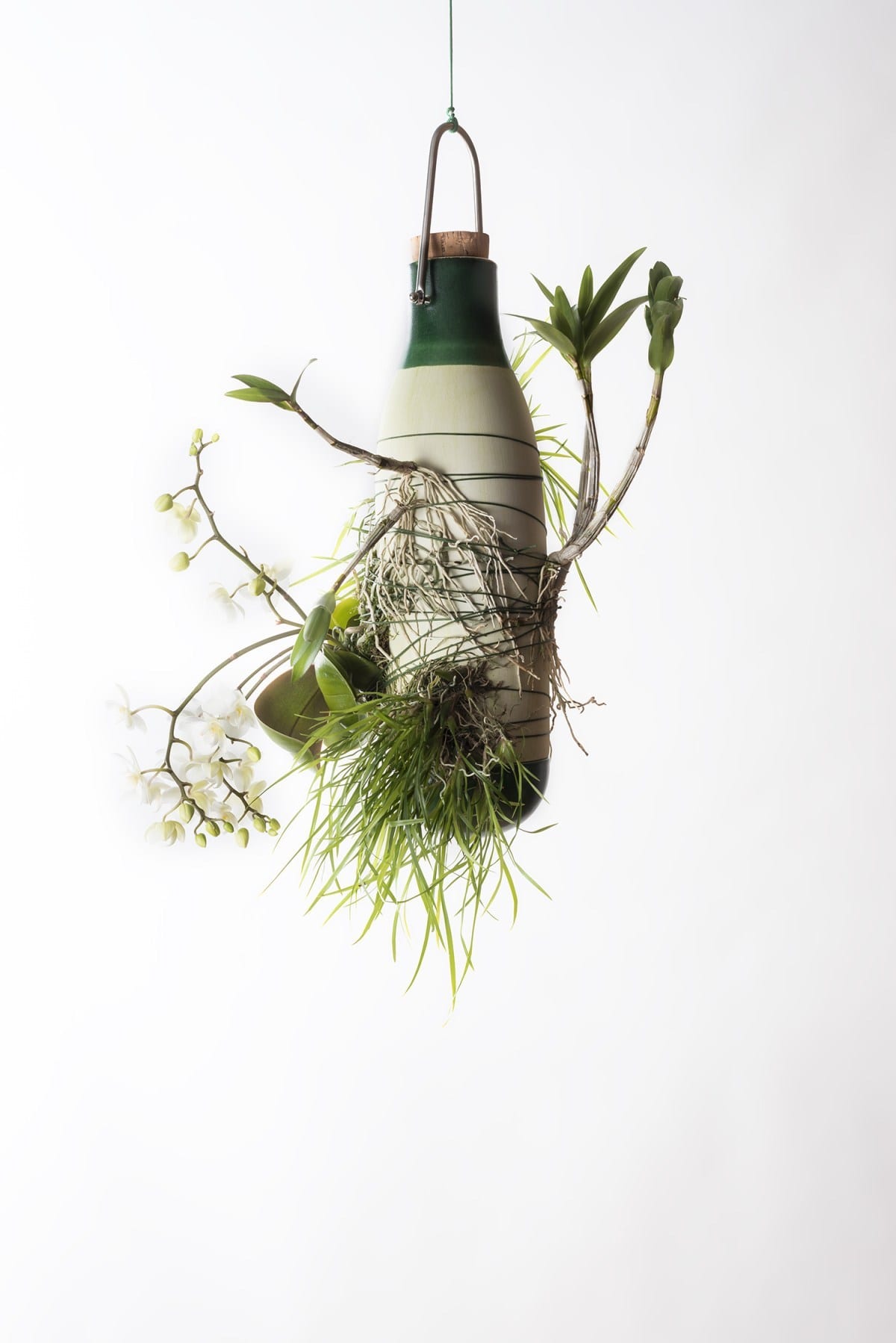
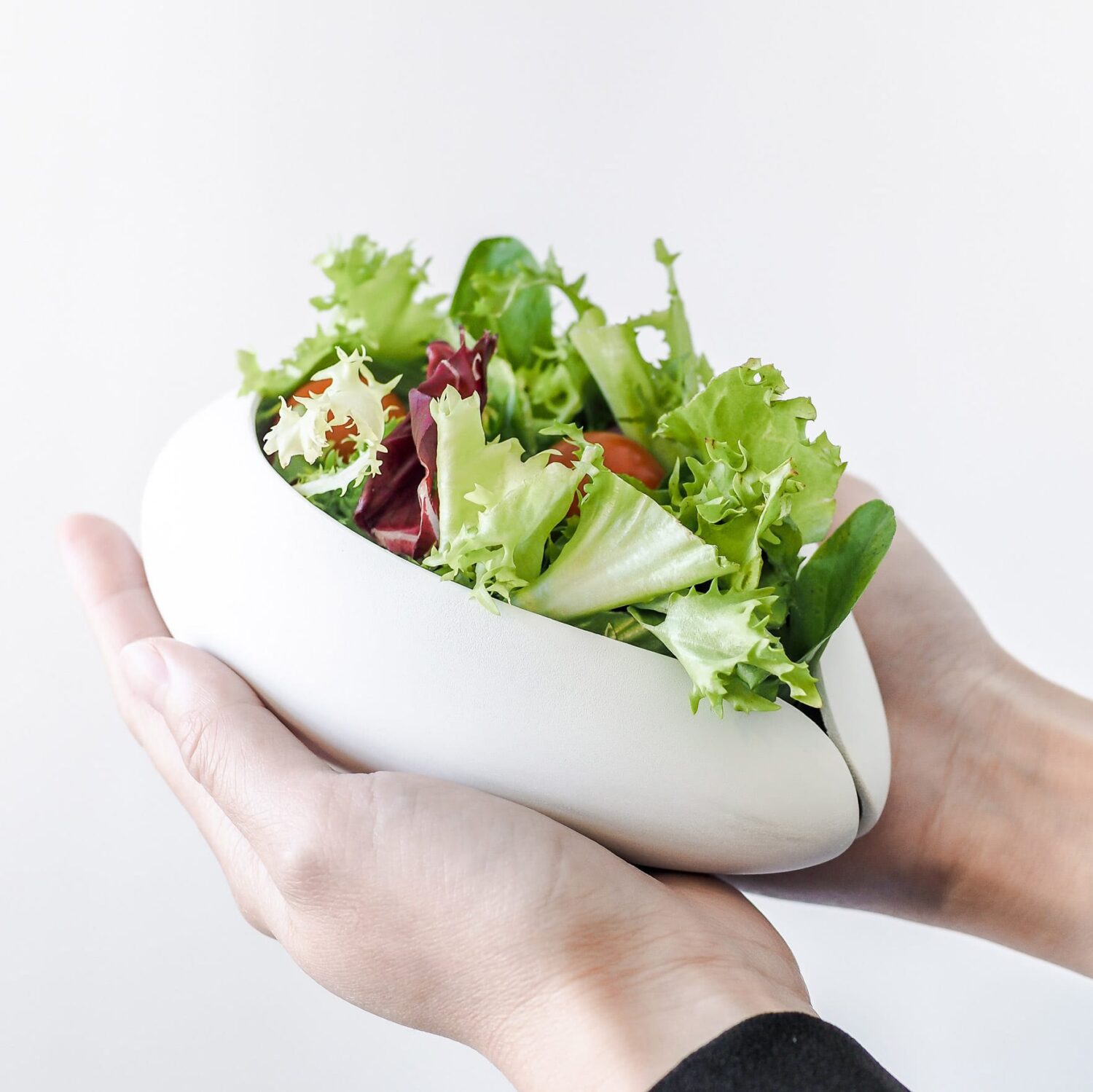

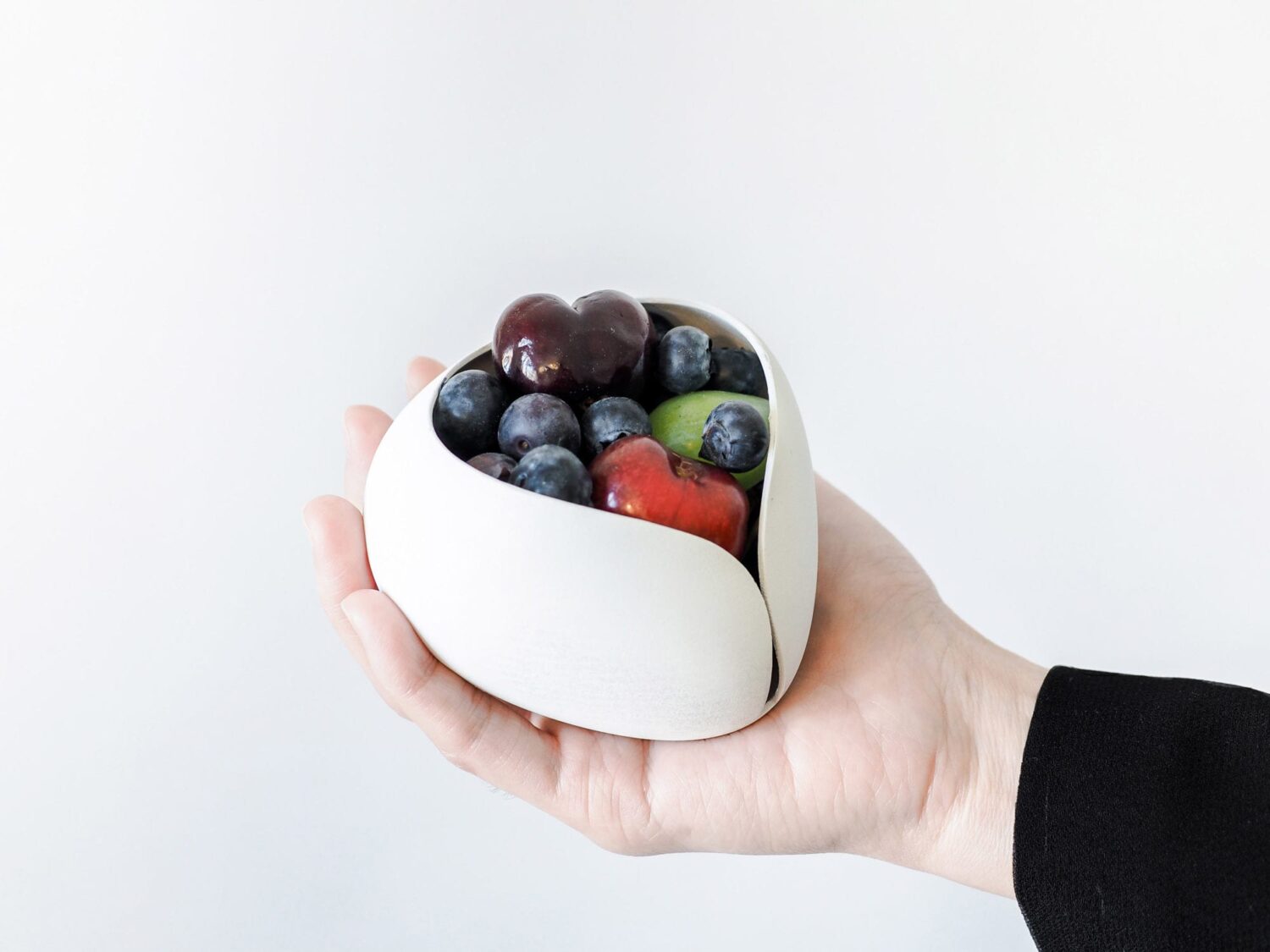
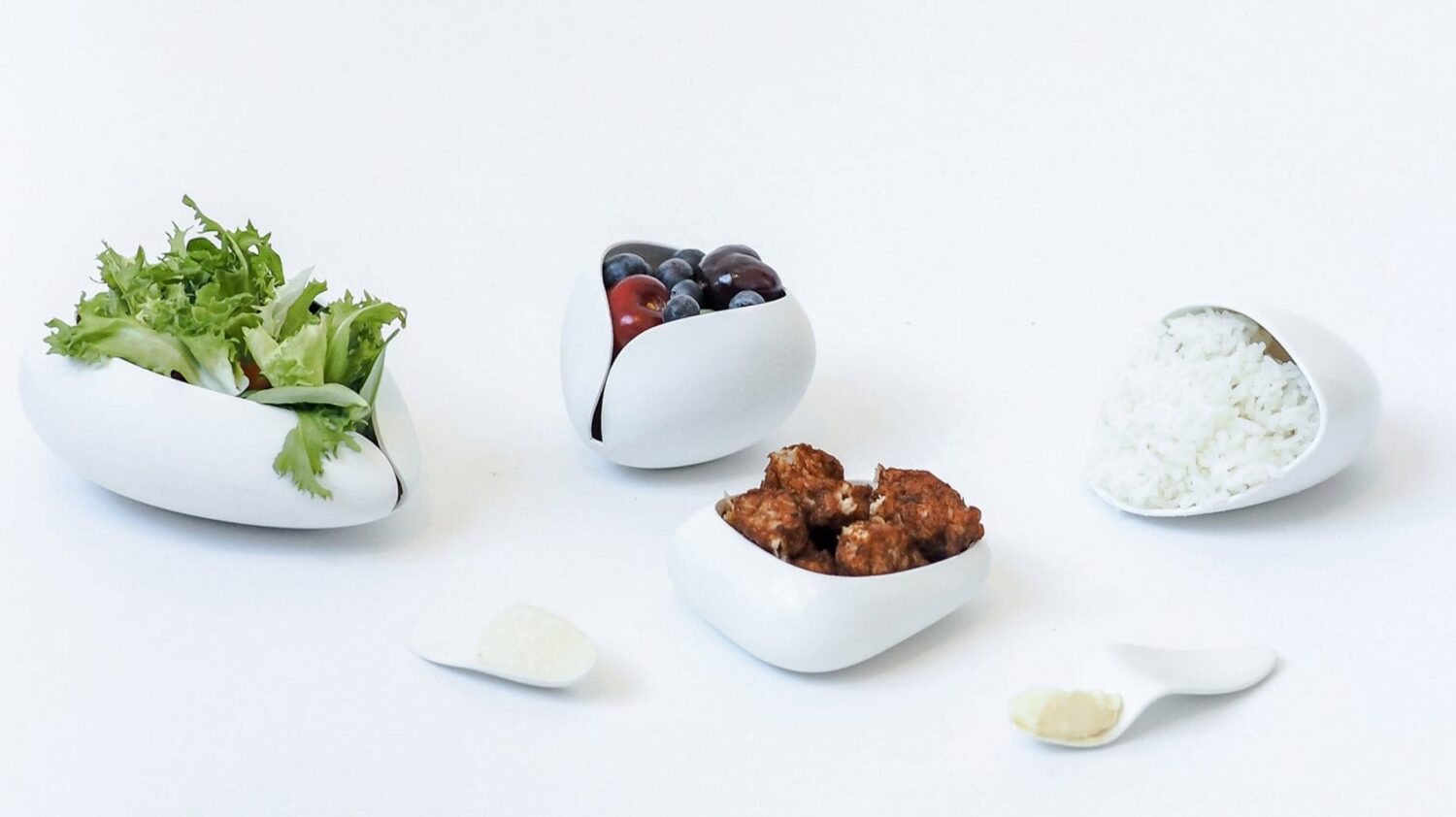
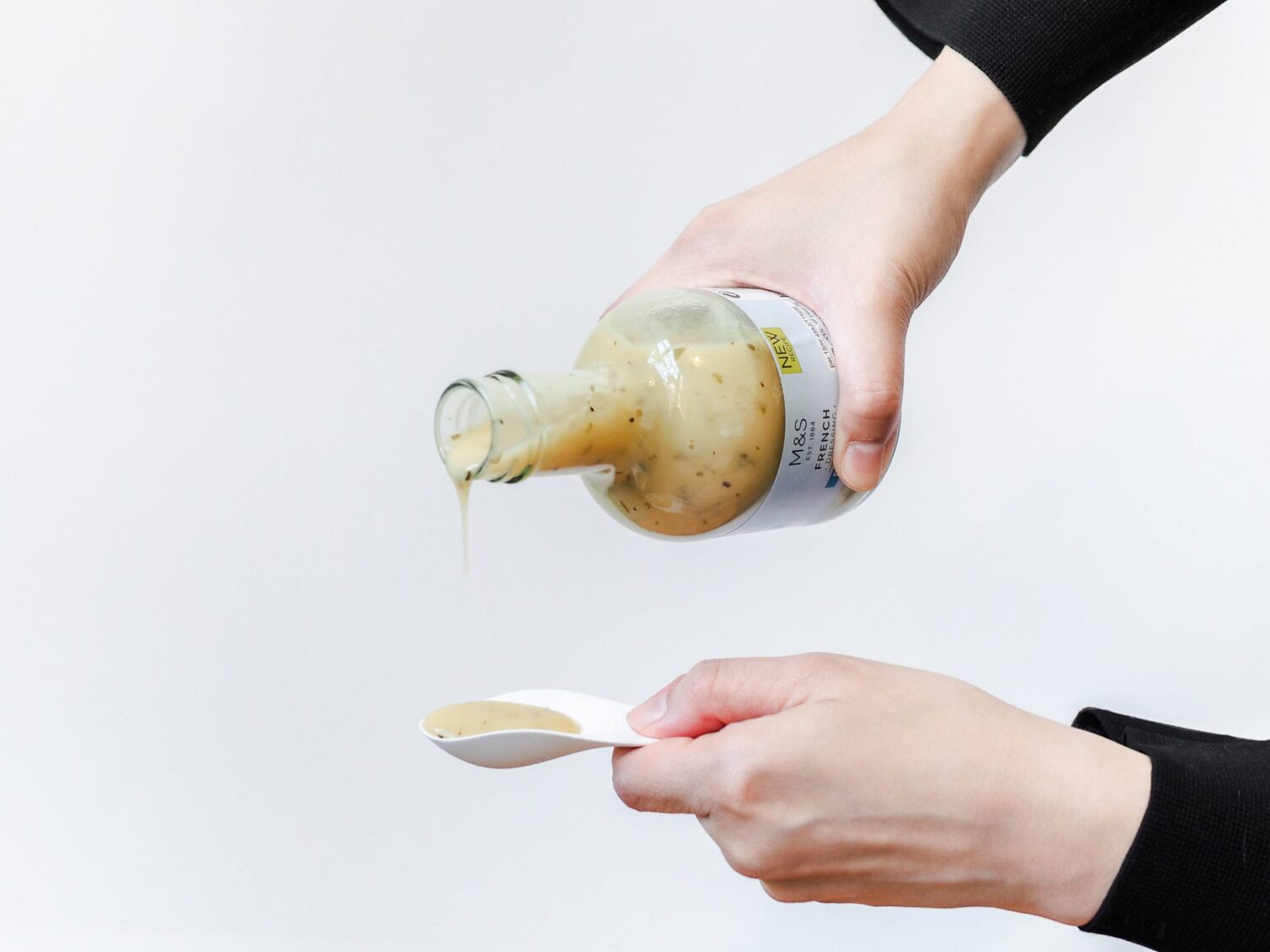
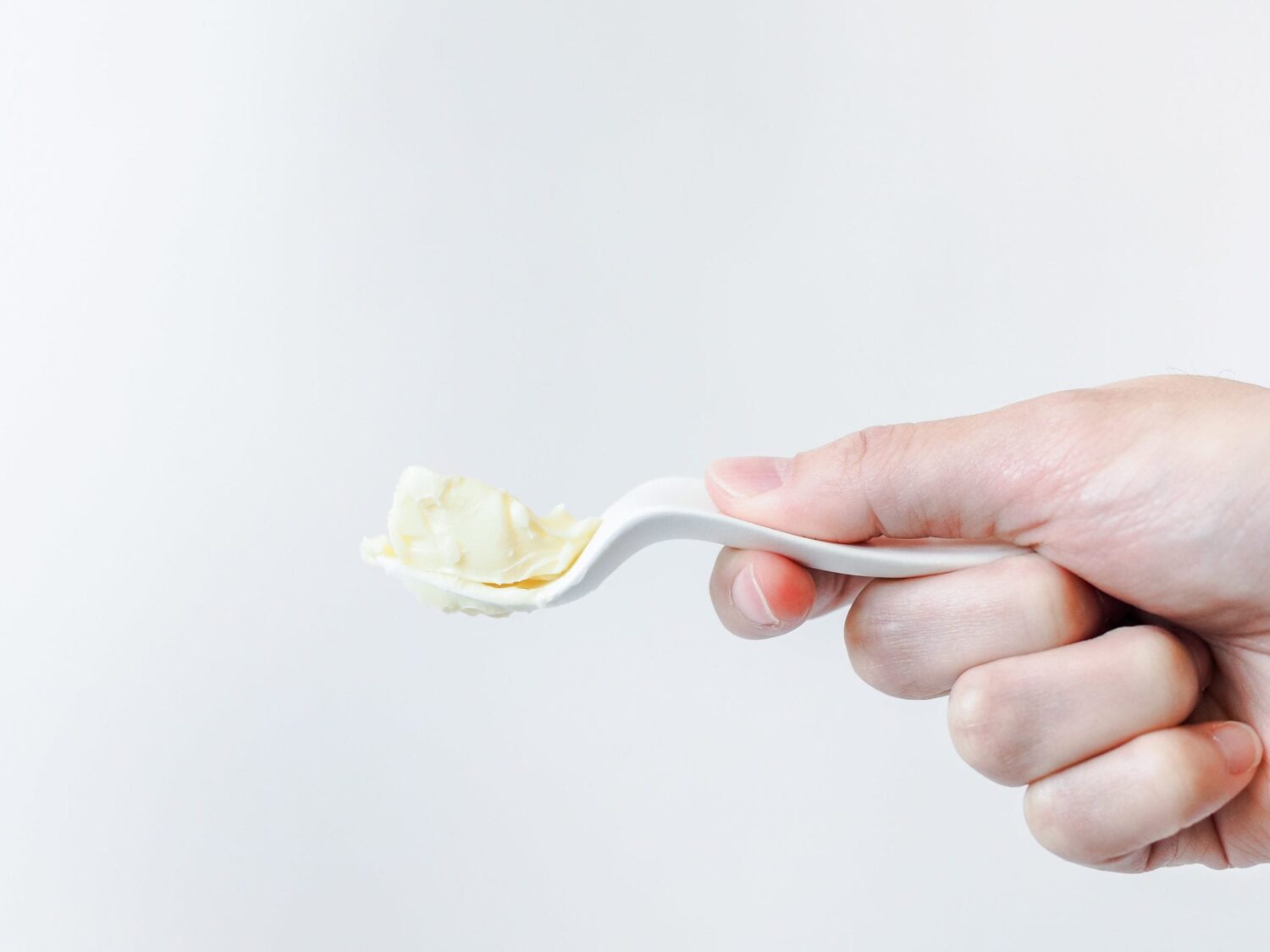
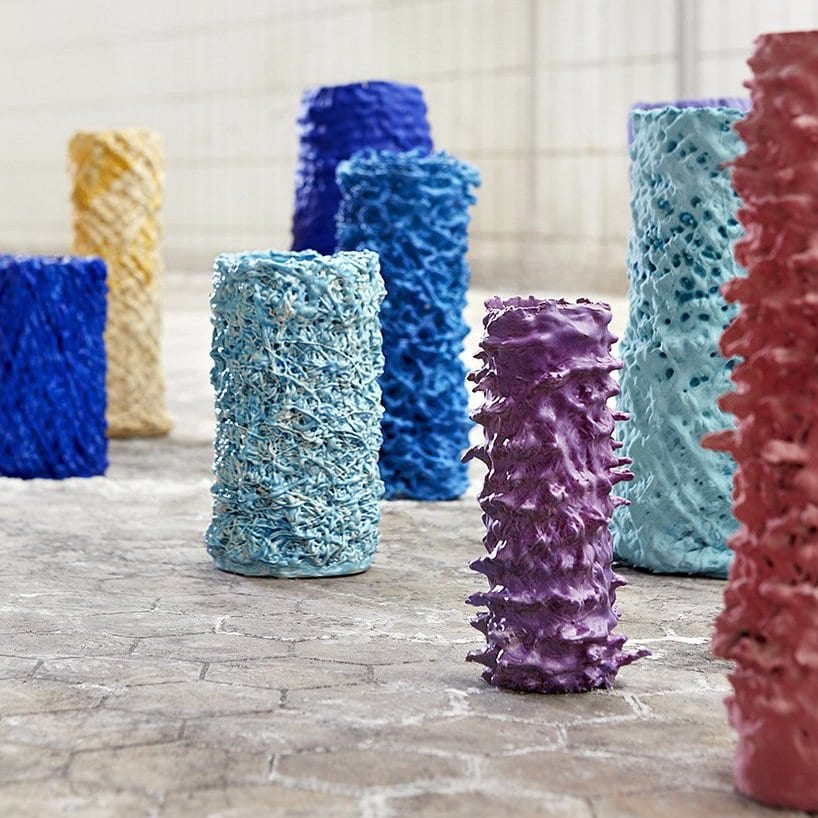
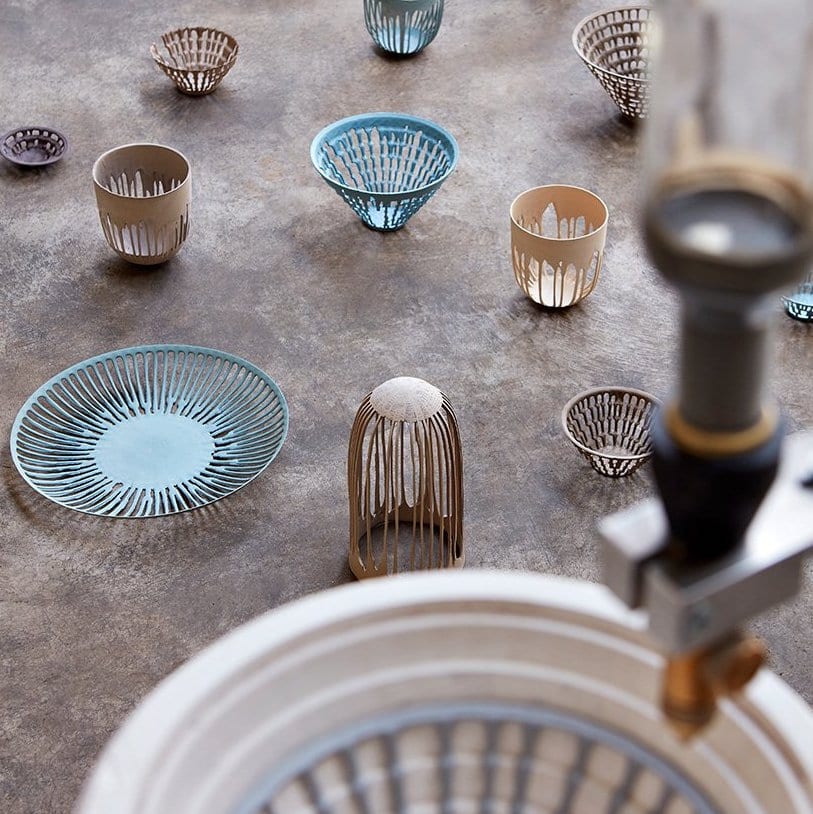
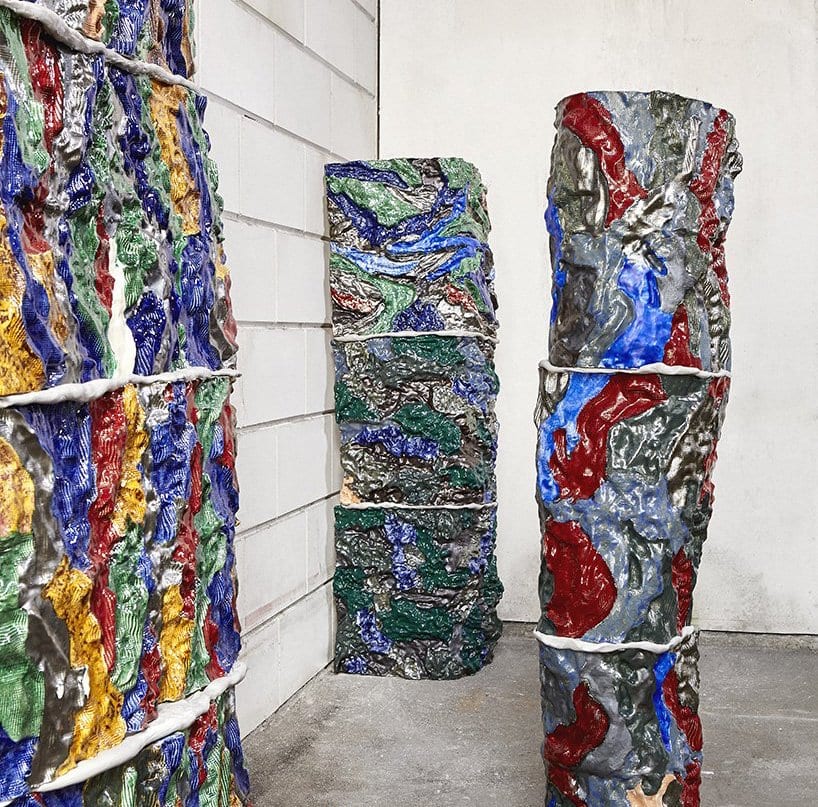
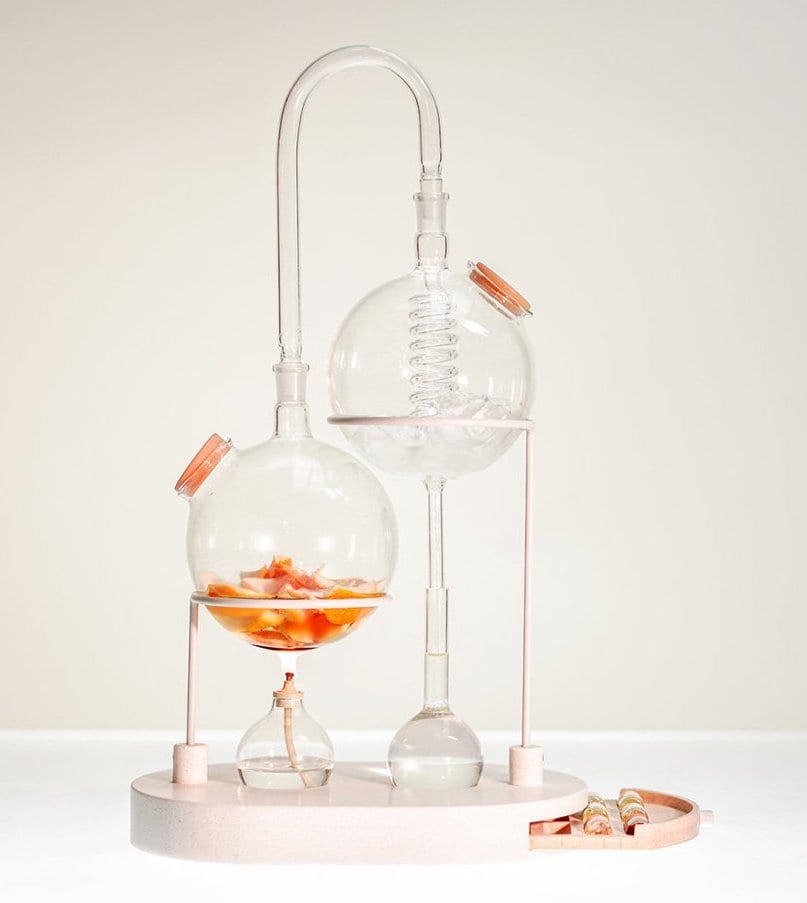
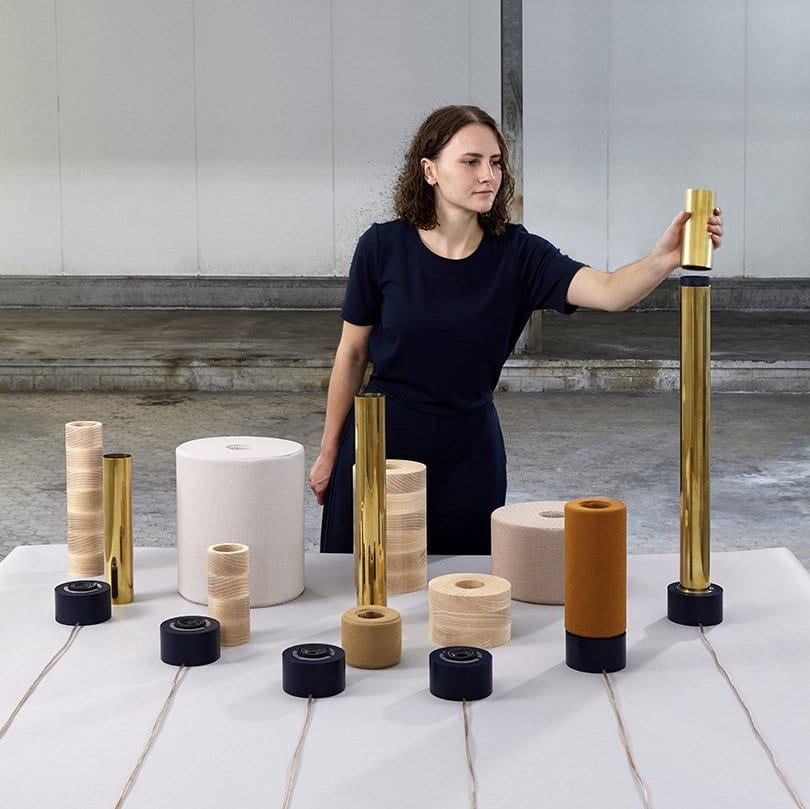
Add your valued opinion to this post.